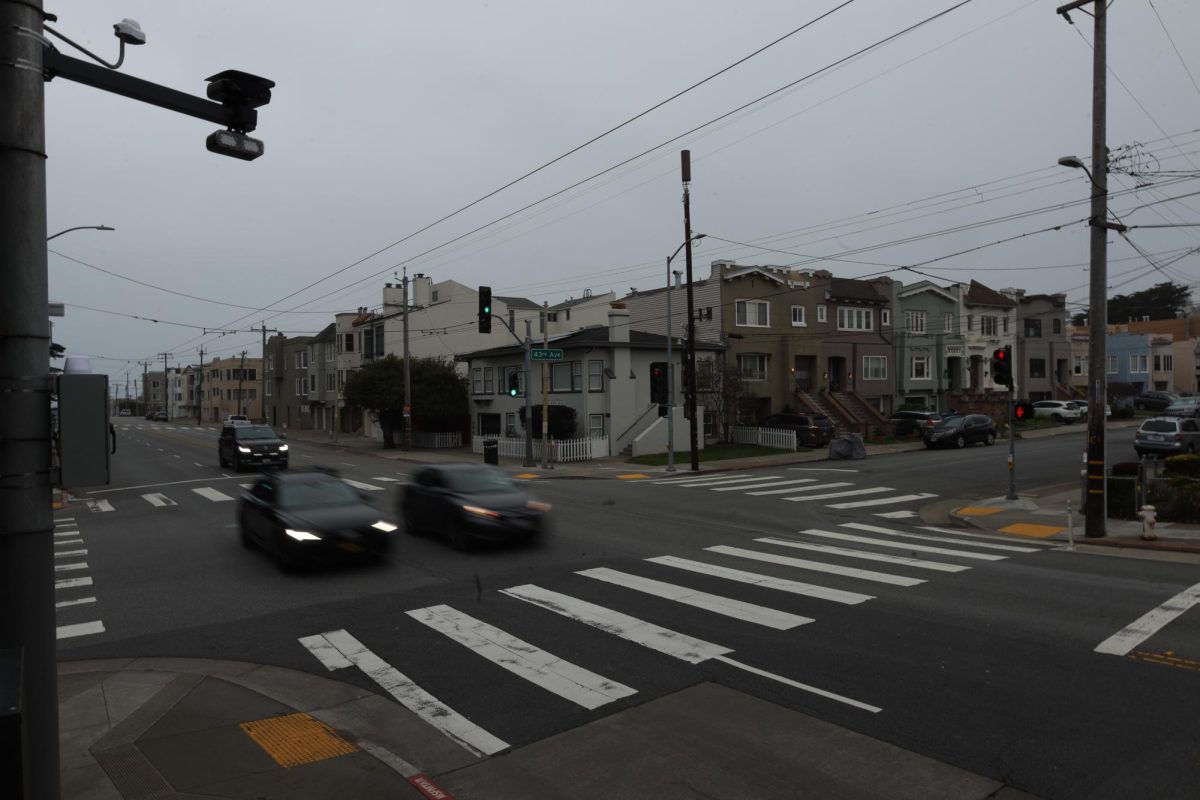A major earthquake is due to strike San Francisco, and the western and southeastern neighborhoods lack seismically sound water pipes, leaving more than 300,000 residents vulnerable to the catastrophic fires that would follow.
That’s the message delivered in a report this July by San Francisco’s 2018-2019 Civil Grand Jury, an investigative panel calling on San Francisco to develop a plan by the end of 2020 to be well prepared to fight fires in all parts of the city in the event of a 7.8 magnitude earthquake. City officials met with the jury Thursday at City Hall, where the San Francisco Public Utilities Commission (SFPUC) suggested a one-year extension to that deadline, citing funding decisions and other analyses that require completion first.
The jury’s report cites a U.S. Geological Survey estimate from 2014 that indicated a 72% chance of one or more earthquakes with a magnitude of 6.7 or greater hitting San Francisco between then and 2043. The Outer Richmond, Outer Sunset and Bayview-Hunters Point are among the unprotected neighborhoods, the report states.
Potential plans to improve and extend the city’s post-earthquake firefighting infrastructure will cost $690 million or more, according to John Scarpulla, the SFPUC Policy & Government Affairs Manager. Some plans are still too far into the future to provide a cost estimate, Scarpulla stated.
The backbone of the current infrastructure is the SFPUC-owned Emergency Firefighting Water System (EFWS), formerly known as the Auxiliary Water Supply System (AWSS), built over a century ago in response to the 1906 earthquake and fire.
It covers primarily the northeastern portion of the city and relies on multiple storage tanks supplied by Hetch Hetchy water mains capable of withstanding a 7.8 magnitude earthquake. The system can draw from seawater pumps if necessary.
“When I saw the infrastructure of downtown, it looked like a spider’s web,” said District 1 Supervisor Sandra Lee Fewer, noting the dense network of pipes in the northeast compared to the handful of EFWS pipes that cover the entirety of the Richmond.
Lee Fewer called the region’s vulnerability alarming.
District 4 Supervisor Gordon Mar said the issue has become a high priority for him and his constituents.
“The entire Sunset District is currently unprotected and vulnerable in the case of a major earthquake and major fire,” Mar said.
Neighborhoods outside the EFWS’s reach rely on the city’s low-pressure water system, which is not seismically secure and is “highly vulnerable to catastrophic failure,” according to the report. In addition, hundreds of cisterns (large underground water tanks not connected to another water supply, considered a last resort) exist throughout the city for firefighting — though the report notes districts with the least EFWS support also contain the least cisterns.
The SFPUC is contemplating a new addition to the system, the Westside Potable EFWS, to expand the northern emergency water mains to the western region of the city. It would utilize water from Lake Merced and similarly connect to the Hetch Hetchy supply, according to Scarpulla.
The westside project would be completed in two phases. Phase one would cost near $190 million with construction starting in 2022 and lasting two years, according to Scarpulla. Phase two would cost an estimated $120 million, though funding may not be available for seven or more years, according to the jury’s report.
Funding for such projects comes from two Earthquake Safety and Emergency Response (ESER) general obligation bonds, which were passed by voters in 2010 and 2014 for a combined $820 million. San Francisco is planning to place another ESER bond, increased to $628.5 million, on the March 2020 ballot.
Less than a fifth of the first two bonds was allocated for EFWS expansion and upgrades, while the 2020 bond would set aside $153.5 million for the system. The rest of the bonds fund upgrading or replacing fire and police stations as well as other city-owned disaster response facilities.
A fourth ESER bond is planned for 2027. The SFPUC indicated additional funding for EFWS projects would come from water rates.
The Civil Grand Jury report suggests a separate bond solely for the EFWS. A representative from the Capital Planning Committee indicated the idea will be considered.
According to Retired Assistant Deputy Fire Chief Thomas Doudiet, the city’s actions represent a “disgraceful example of dereliction of duty.”
“The opposing motions of the North American and Pacific tectonic plates are not inhibited by the priorities nor political agenda of either the Capitol Planning Committee nor the Public Utilities Commission,” Doudiet said. “One fateful day, posterity will look back and wonder why nobody in city government accepted the responsibility.”














Alfred Horowitz • Oct 4, 2019 at 6:57 am
Dear David,
I am pleased to see that you are working hard on important things..
I hope my brother Edwin is well and enjoying your positive approach to things.
Please pass on to him my best wishes..
Uncle Alfred